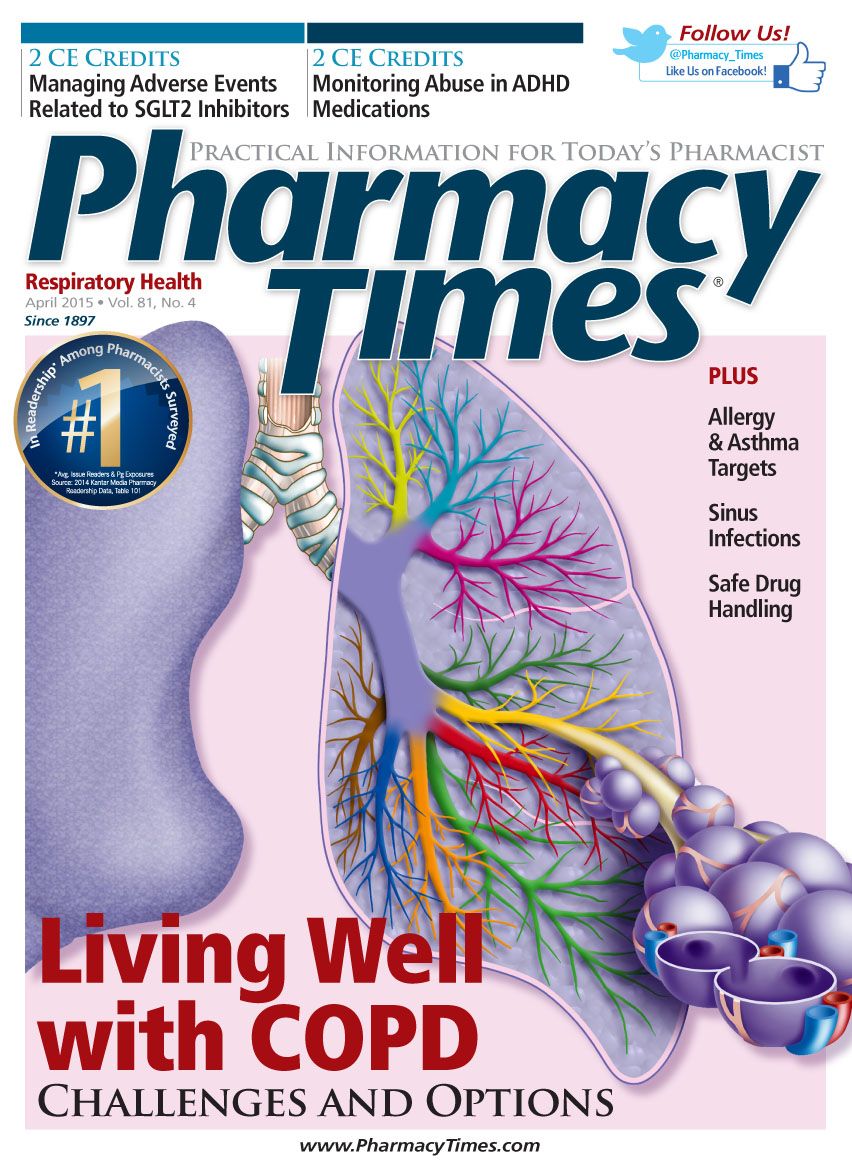Publication
Article
Pharmacy Times
Paying for Abuse-Deterrent Formulations: A Good Idea?
Author(s):
With multiple pharmaceutical manufacturers now entering the market with abuse-deterrent formulations of opiate pain relievers, insurance carriers are getting up in arms at the costs of these drugs.
With multiple pharmaceutical manufacturers now entering the market with abuse-deterrent formulations (ADFs) of opiate pain relievers, insurance carriers are getting up in arms at the costs of these drugs. This additional cost aims to make it much harder (or virtually impossible) to break down a drug for injection or snorting, 2 of the main methods used by addicts.
I have talked about these types of drugs in prior articles. In August 2010, OxyContin was the first one that came to market; its considerable abuse background makes it an ideal prescription drug to evaluate for success or failure. August 2015 will mark 5 years since the launch of the reformulated OxyContin, and the abuse level continues to be far less than before the crucial formula change. Someone mentioned to me the other day about hearing that some folks on the street had found a way to easily and quickly compromise the new drug and turn it into the OxyContin of old. I hear this from time to time or even see it claimed on some blog or in a comment by an anonymous source.
Truthfully, if an easy-and-quick method were developed, it would be known by millions of people within days. I base this on my own large drug task force that makes about 200 undercover drug buys each year and sees little, if any, of the reformulated OxyContin available for sale on the streets in Southwest Ohio and beyond. Similar responses have been elicited from 240-plus drug diversion officers across the nation, although a majority are unable to give a truly accurate street price due to the lack of examples.
The data I cite as the most telling are the drug choices made by armed robbers of our nation’s pharmacies. Rx Patrol, a nationwide database of pharmacy robberies, developed by Purdue Pharma LP, collects a significant amount of data from each robbery, including day, time, weapon used, and what drugs were demanded by the perpetrator. Prior to the OxyContin reformulation, the drug was demanded in almost 66% of the robberies; after the reformulation in 2010, demand dropped by almost 50%.1 This tells me volumes about the effectiveness of the reformulation.
Some have said that these deterrent reformulations ultimately will not reduce the incidences of diversion among these types of drugs since an abuser only has to take several doses to get the same high. However, multiple doses of extendedrelease products do not provide the same rush or high hardened addicts get from snorting or injecting their pharmaceutical of choice. In fact, those at greatest risk of overdosing and dying will not be interested in successful abuse-deterrent drugs since they will not achieve the kind of euphoria they crave and need.
With all of this being known, are abuse-deterrent pharmaceuticals worth the money? I strongly think they are, as it becomes a situation of pay me now or pay me much more later. Abuse-deterrent drugs drastically reduce incidences of overdose, and sometimes death, as evidenced by the OxyContin experience. Emergency department admissions, hospital stays, rehabilitation and incarceration costs, and law enforcement expenses make abuse-deterrent drugs quite cost-effective. This doesn’t begin to account, though, for the collaborative damage done to a family that has an addicted member or the emotional and monetary outlays that accompany these tragedies. Of course, nothing will stop an addict from moving on to a similar, but different, substance in search of the perfect high. Our pharmaceutical companies can only do so much when it comes to the addiction problems plaguing our country. Several are trying to address the cries from politicians and others for abuse-deterrent drugs, and when they are successful, we need to give them credit.
Most important, abuse-deterrent drugs acquire their greatest value from legitimate pain patients. Receiving the respite from pain they deserve, without the potential scrutiny of being a “druggie,” has to be a huge relief to those who suffer daily. The single-dose price for these individuals will be higher for insurers, but the cumulative damages that affect addicts will most likely be long gone.
Cmdr Burke is a 40-year veteran of law enforcement and the past president of the National Association of Drug Diversion Investigators. He can be reached by e-mail at burke@rxdiversion.com or via the website www.rxdiversion.com.
Reference
- RxPatrol website. www.rxpatrol.com. Accessed April 2, 2015.







